Last updated on March 21, 2024
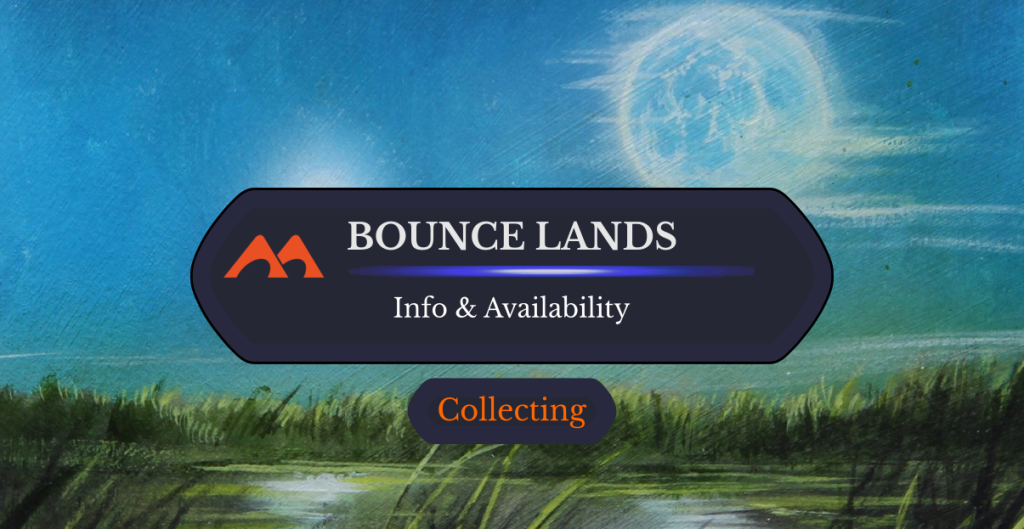
Everglades | Illustration by Bob Eggleton
Recently, Gavin Verhey suggested that he thinks bounce lands are the strongest common land cycle ever, and he’s got a point. But what makes them so good? And how do you use (and abuse) them?
Today it’s time to find out, with everything you could possibly need to know about these lands. Let’s get into it!
What Are Bounce Lands in MTG?
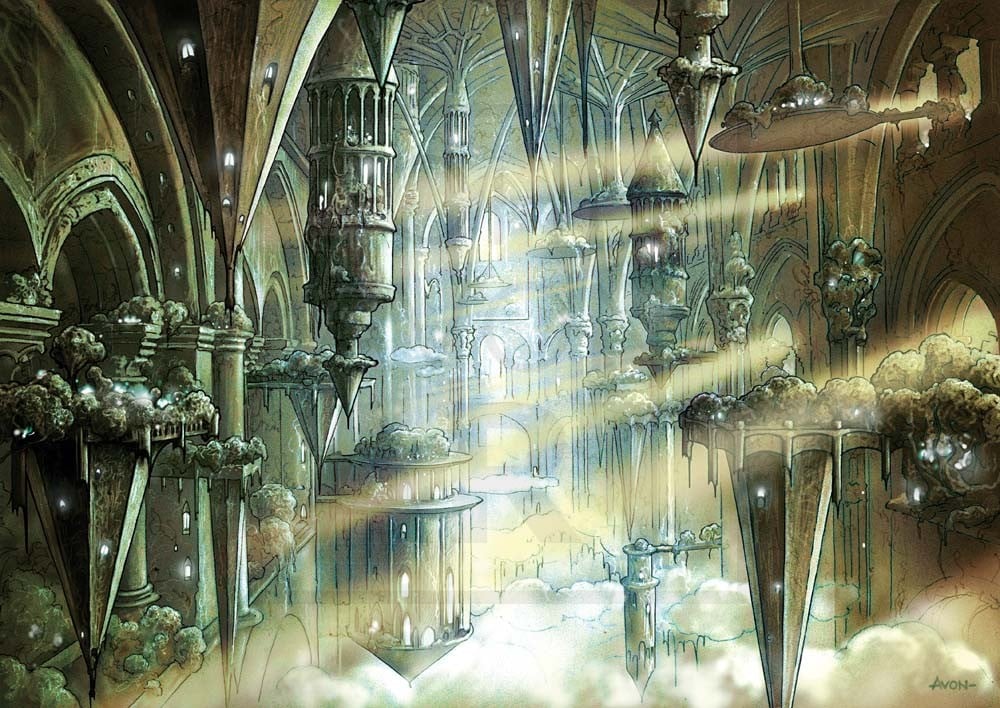
Selesnya Sanctuary | Illustration by John Avon
Bounce lands make you return another land to your hand when you play them. To make up for this downside you can tap them for two mana instead of the normal one.
This allows for all sorts of shenanigans as any land that can tap for more than one mana is wont to do.
List of Bounce Lands
There have been 16 different bounce lands brought out over the years, in three separate batches.
First are what’s known as the “Karoo” lands. This is a cycle of five mono-colored lands that create “one and a white,” or whatever other color they’d produce (Karoo was the white land in this cycle). The cost was to return an untapped land to your hand. The rest of this cycle included Coral Atoll, Everglades, Dormant Volcano, and Jungle Basin.
Eight years later, designers wanted a common land cycle to help tie the guilds together in a unique way in the original Ravnica block. While you may expect this to be gates, it was actually the 2-colour bounce lands. On top of tapping for two colors, these lands had another important improvement: they didn’t need an untapped land to be returned to hand, so you could make use of the mana from the land before bouncing. This made them much more efficient.
This dual-colored cycle is comprised of Azorius Chancery, Dimir Aqueduct, Rakdos Carnarium, Gruul Turf, Selesnya Sanctuary, Orzhov Basilica, Izzet Boilerworks, Golgari Rot Farm, Boros Garrison, and Simic Growth Chamber.
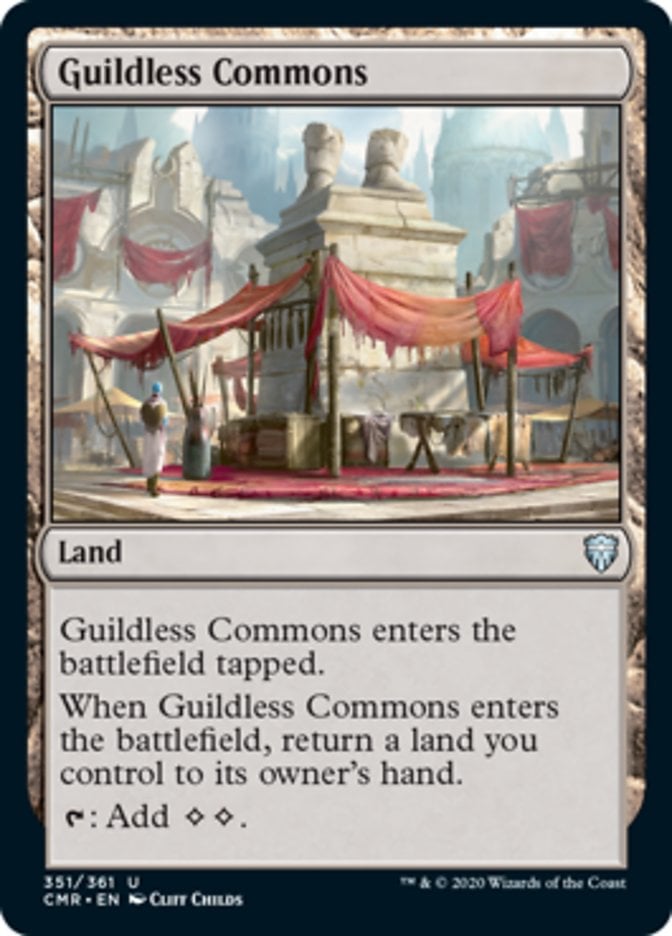
The final land in the story wasn’t introduced until Commander Legends in 2020. Guildless Commons was a fun design to round things off as a colorless version of the bounce lands.
What Sets Are Bounce Lands From?
The original Karoo lands were introduced in Visions in 1997. They were all reprinted again in the mono-colored decks of Commander 2014, and one or two got more printings in Commander Anthologies, or The List.
The dual-colored bounce lands have been reprinted a number of times since their debut. They’re a regular feature in Commander precons, showing up in those at least once a year. They also all got a reprint in Modern Masters 2015, as well as Iconic Masters. These reprints were both at uncommon since they were a touch too good at common.
The dual-colored bounce lands are also due for another (uncommon) reprint in the upcoming Double Masters 2022 set. Not only do they come with their now-traditional art, you also get a fantastic alternative treatment.
So far Guildless Commons has only been printed in Commander Legends.
Are Bounce Lands Good?
Bounce lands are a really interesting design that falls somewhere between Draft chaff and combo powerhouse. They’re far from staples in Constructed decks but were powerhouses in Draft formats. They’re also fundamental parts of some interesting combos.
They could allow decks to cut your land count right down in Limited since they tap for double mana. This means you can out value your opponent because you’re much less likely to top deck that extra land in the late game. Unfortunately, this value wasn’t quite good enough for most Constructed decks.
Best Decks for Bounce Lands
Bounce lands have a very different benefit in Constructed as combo pieces. You can untap creatures when the bounce lands enter the battlefield working with Retreat to Coralhelm. This means if you have something like Walking Atlas you can make the land bounce itself, untap the Atlas with Retreat, tap the Atlas, and repeat. Ta-da, infinite land drops.
There are also some more synergistic combos to be had with Amulet of Vigor. Allowing the bounce lands to come in untapped creates a pretty big mana advantage. If you play an amulet turn 1, you can tap the land you already have out on turn 2, play a bounce land, return the tapped turn 1 land to hand, then tap the bounce land for an extra two mana.
While it’s not the only way to get three mana on turn 2 in most Constructed formats, it’s just one of many synergies in a deck like Amulet Titan in Modern.
Where to Find Bounce Lands
You can find bounce lands in most stores with a good supply of singles since they’re pretty common cards. They’re also readily available online. And it’s not unusual to get them thrown in with a bigger trade when trading with friends, too!
Can You Play a Bounce Land as Your First Land?
You can play a bounce land as your first land, but you don’t want to. You’ll need to return the land to your hand straight away if you play a bounce land with no other lands on the ‘field.
This may be what you want to do, but that’s pretty unlikely! Let me know if you spot a combo for this, though. Because… reasons.
But the Karoo lands are arguably more punishing than this. They need to return an untapped land you control and come in tapped, so you’ll have to sacrifice it.
Do Bounce Lands Use the Stack?
Yes, bounce lands’ ability uses the stack as a triggered ability when they enter the battlefield. This means you can respond to the trigger in some way. But keep in mind that their mana ability does not use the stack, just like any other mana ability.
Do Bounce Lands Have Basic Land Types?
All bounce lands printed so far only have basic land types.
Is Cultivator Colossus an Infinite Combo with Bounce Lands?
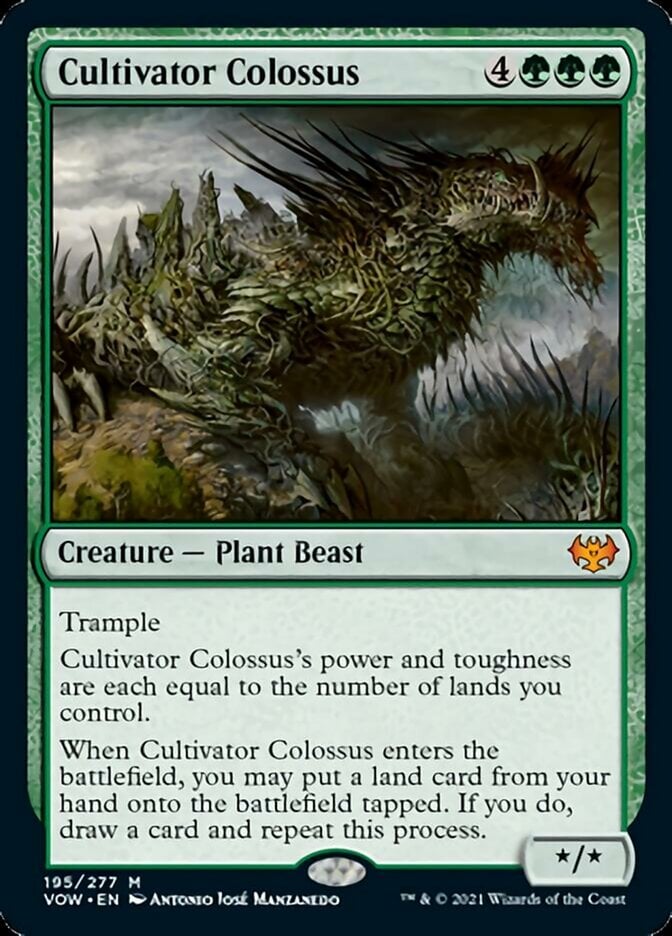
As much as I love a good combo, bounce lands unfortunately don’t work the way you’d want with Cultivator Colossus.
The last ability on the colossus is all on one line, meaning anything that’s placed on the stack from the start of this ability resolving (like a bounce land ETB trigger) won’t start resolving until the Colossus’ ability has finished all of its effects. This means when the Colossus checks if you’d like to play another land, the bounce land is still on the battlefield and not in your hand. Sorry!
Are Bounce Lands Card Advantage?
Bounce lards are arguably virtual card advantage, but it’s still good. This is because they kinda count as two lands by themselves, so it’s like you’re drawing a free land when you play them.
While a land may not be the most exciting thing to draw, you can run fewer lands in your deck by getting a free one. This means it’s more packed with better things! Not bad at all.
Wrap Up
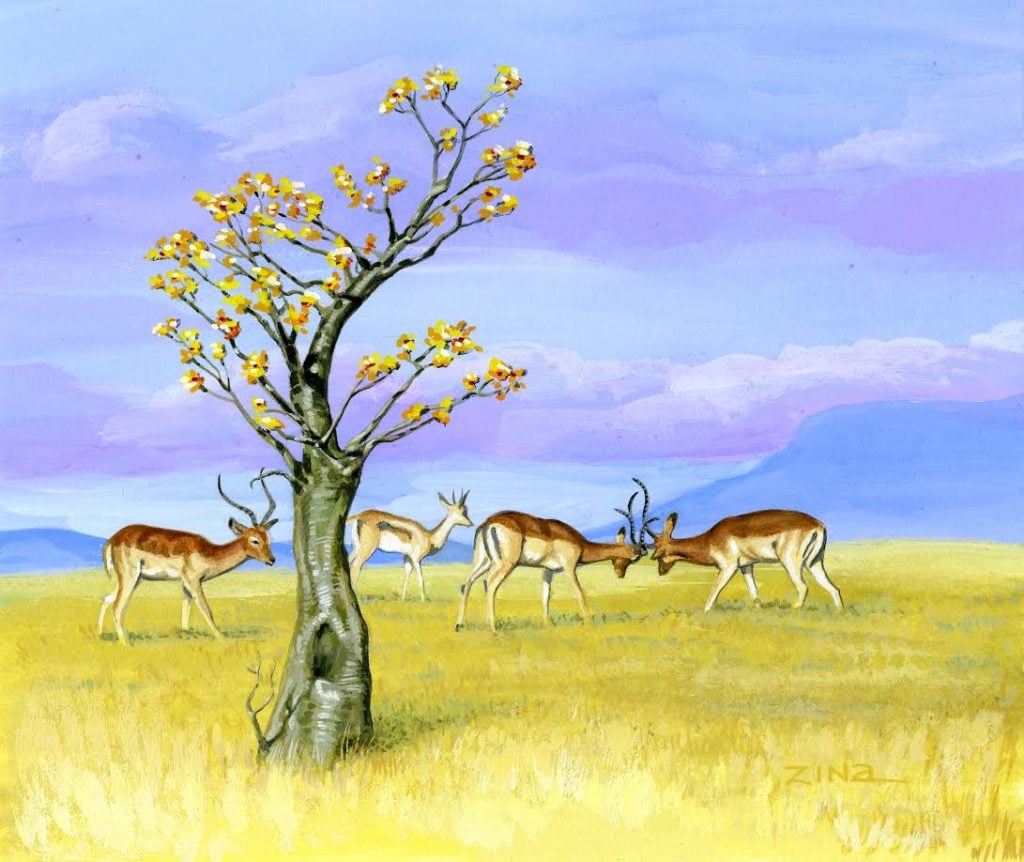
Karoo | Illustration by Zina Saunders
So what do we think about bounce lands overall? I’m probably going to have to refer back to Gavin on this one and say that they’re the best common land cycle of all time! They’re not super powerful cross-format staples, but they are fantastic in Limited and play a role in some great synergies and combos in Constructed formats, too.
What do you think? Am I (and, by extension, Gavin) wrong on this? Is there a better common or uncommon land cycle we’re neglecting? Feel free to suggest one to me in the comments below or over on the Draftsim Twitter.
Otherwise, I’ve gotta bounce!
Follow Draftsim for awesome articles and set updates:
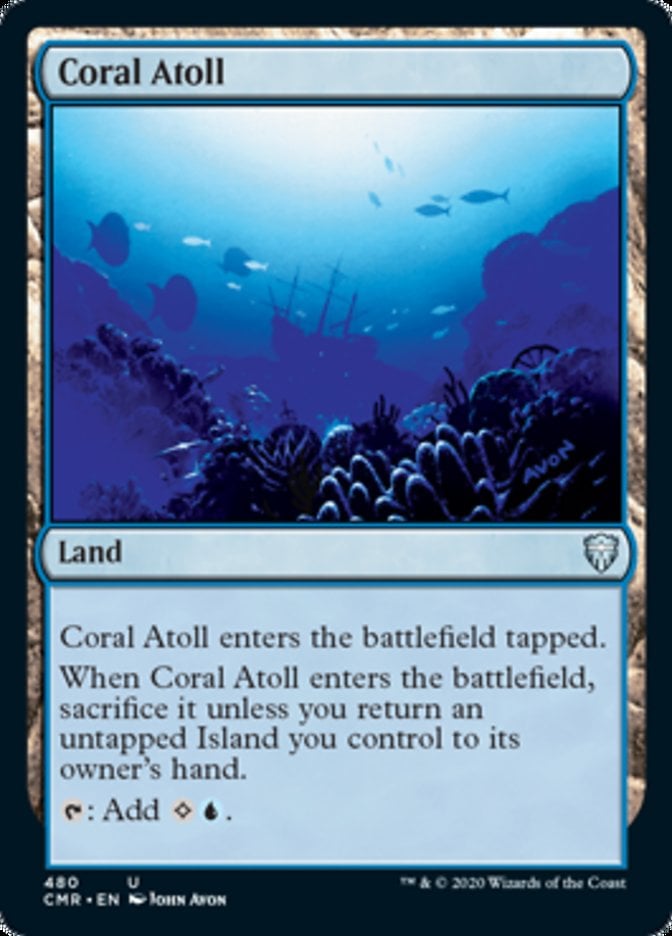
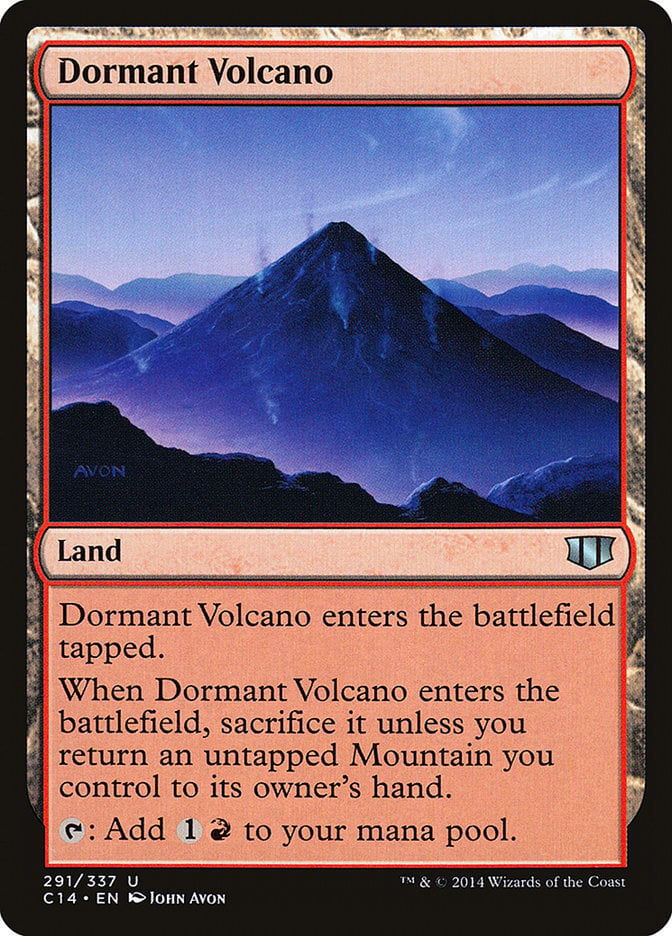
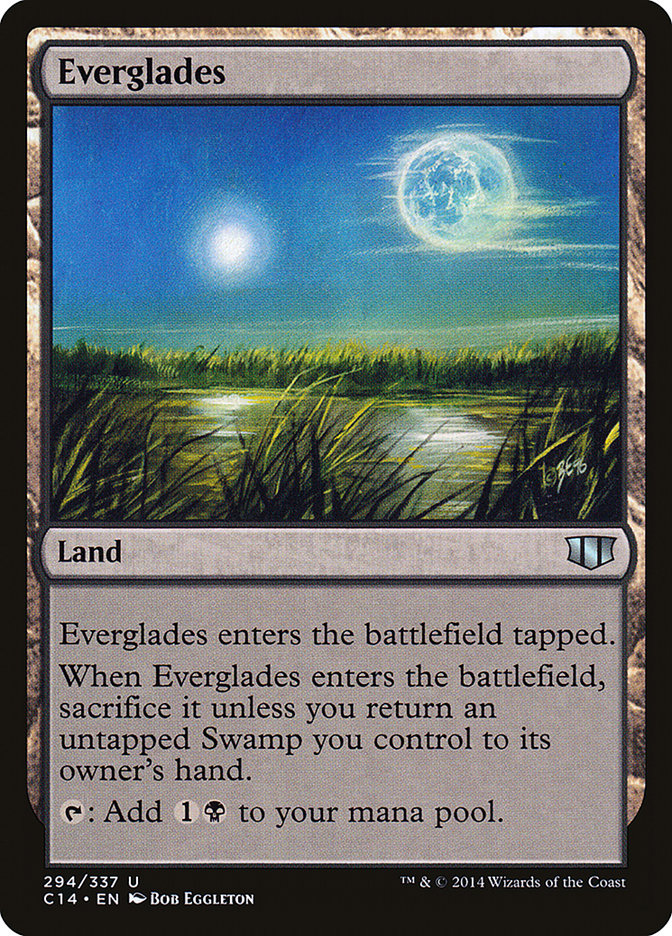
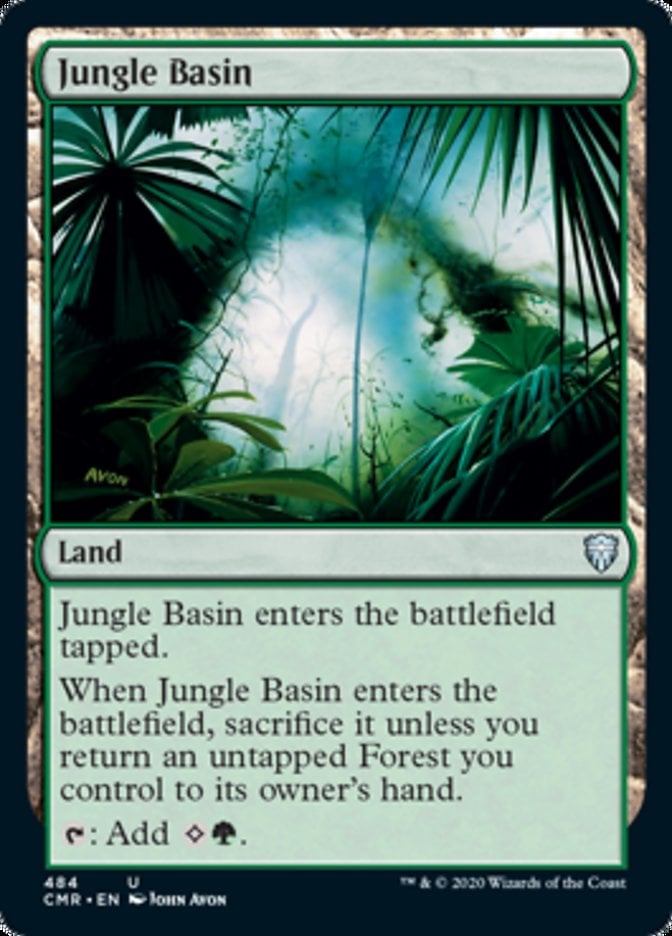

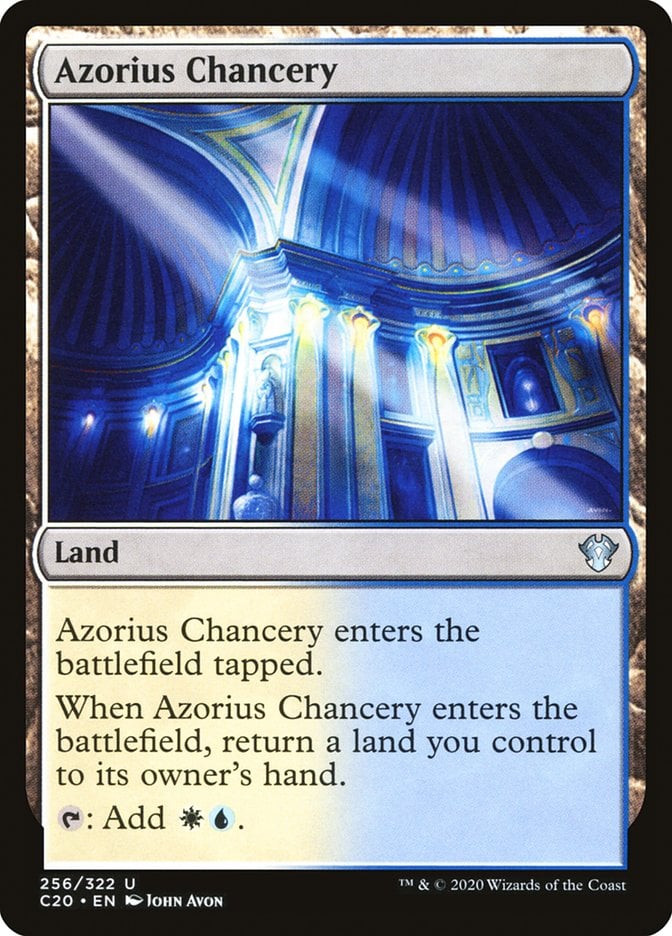
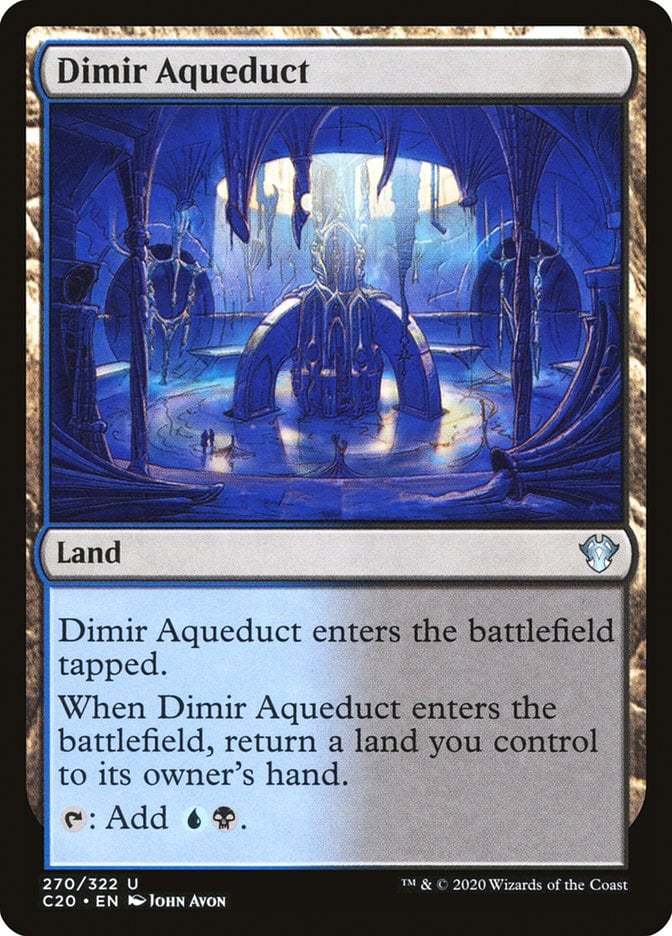
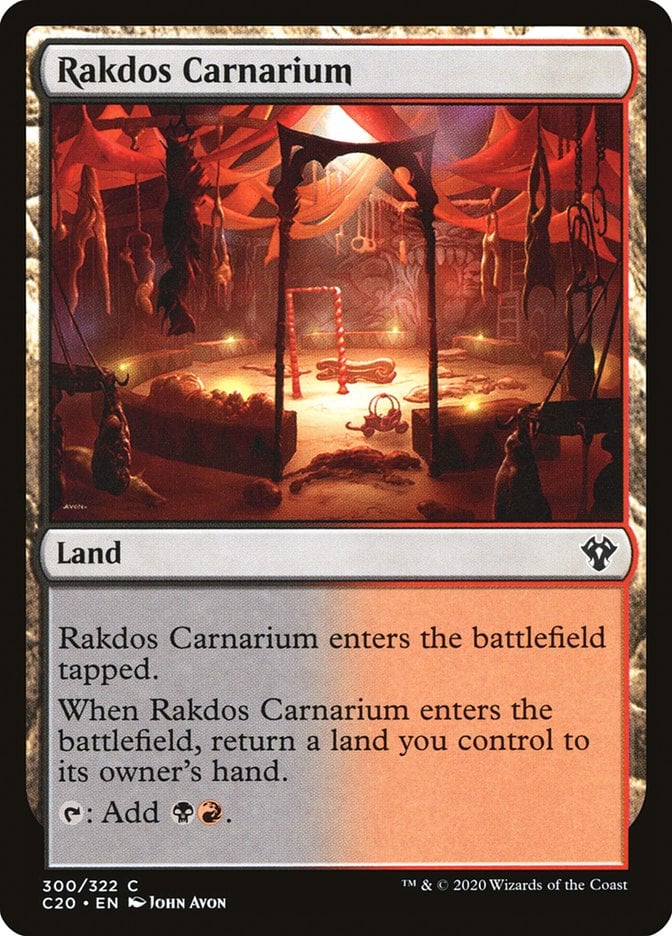

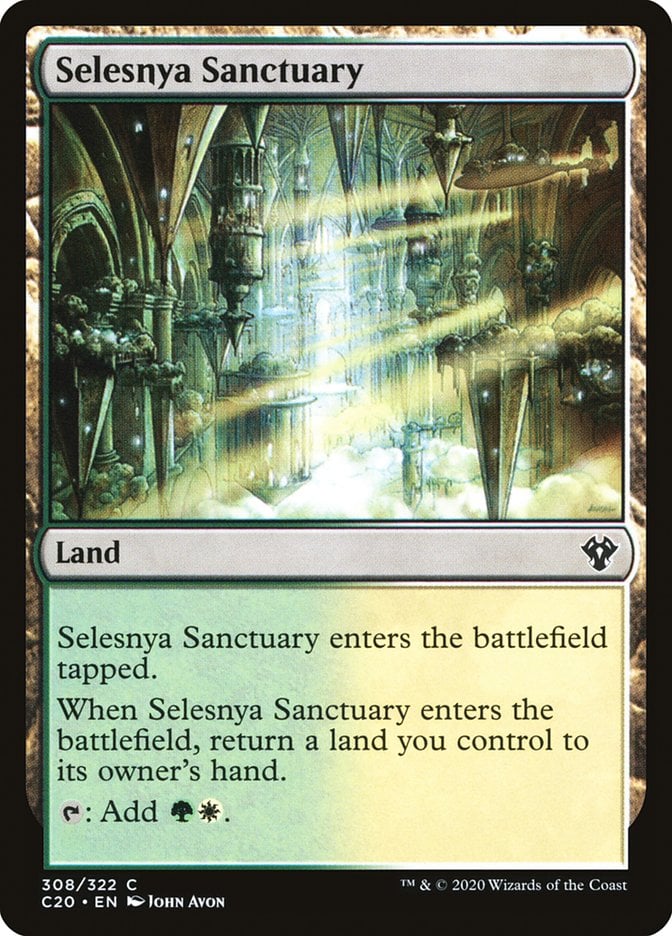
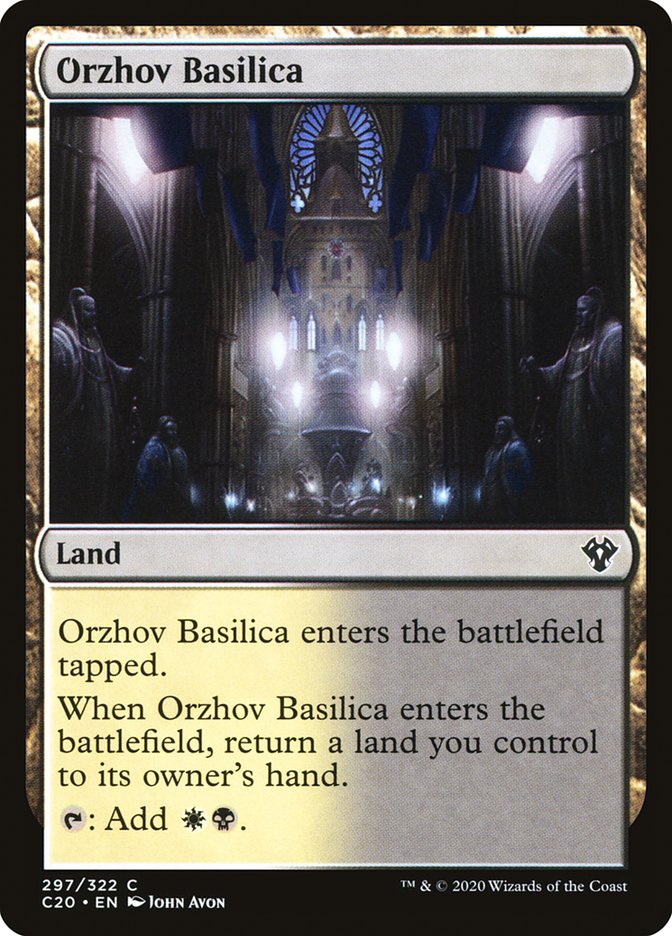
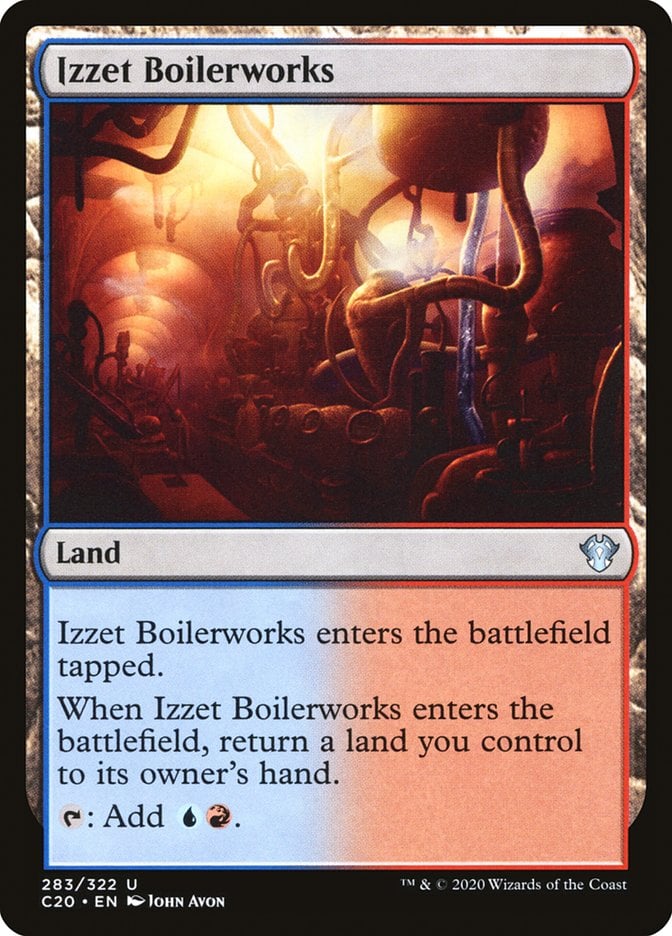
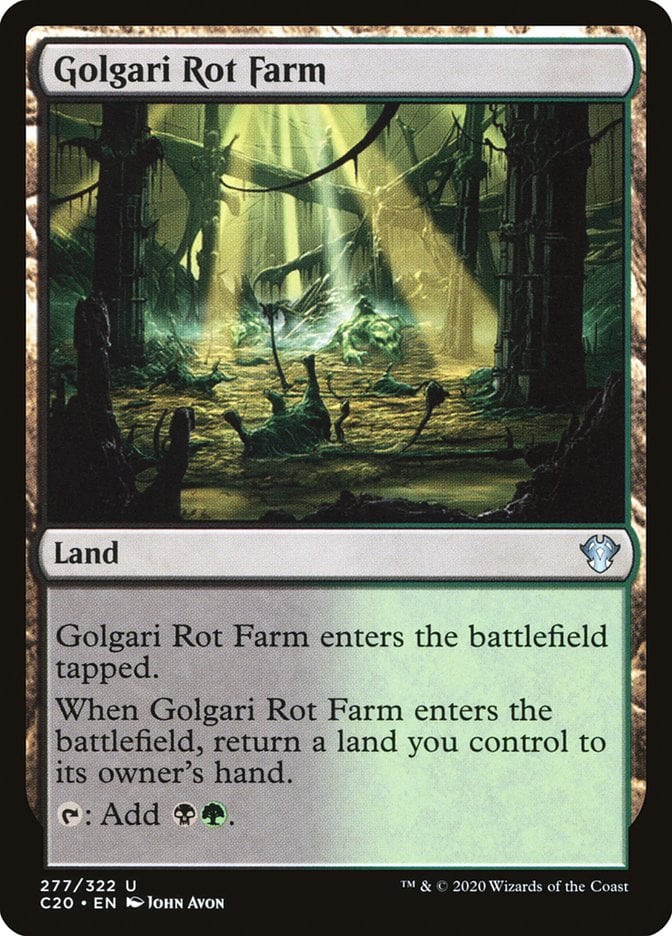
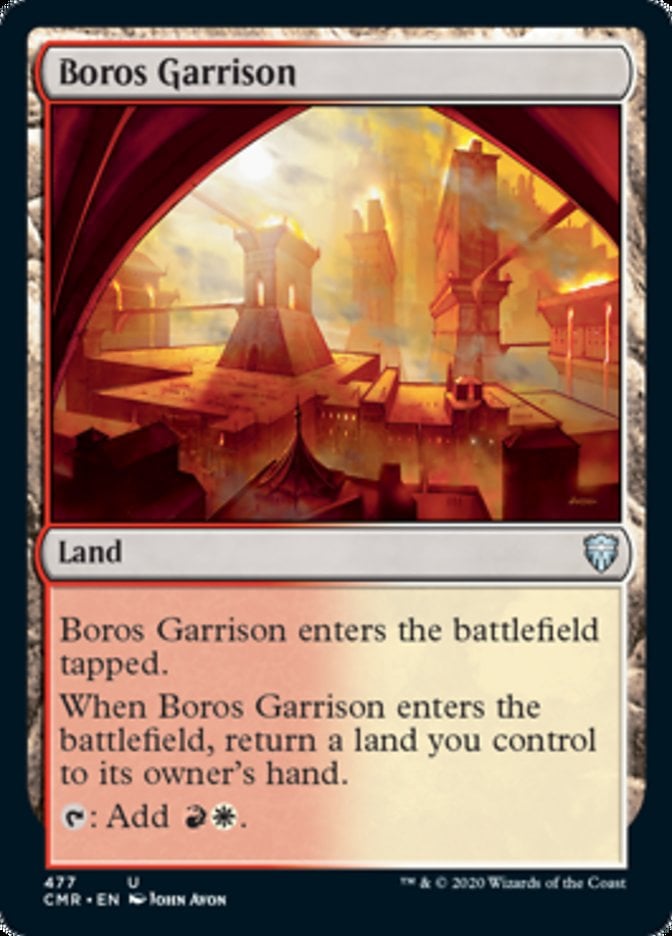
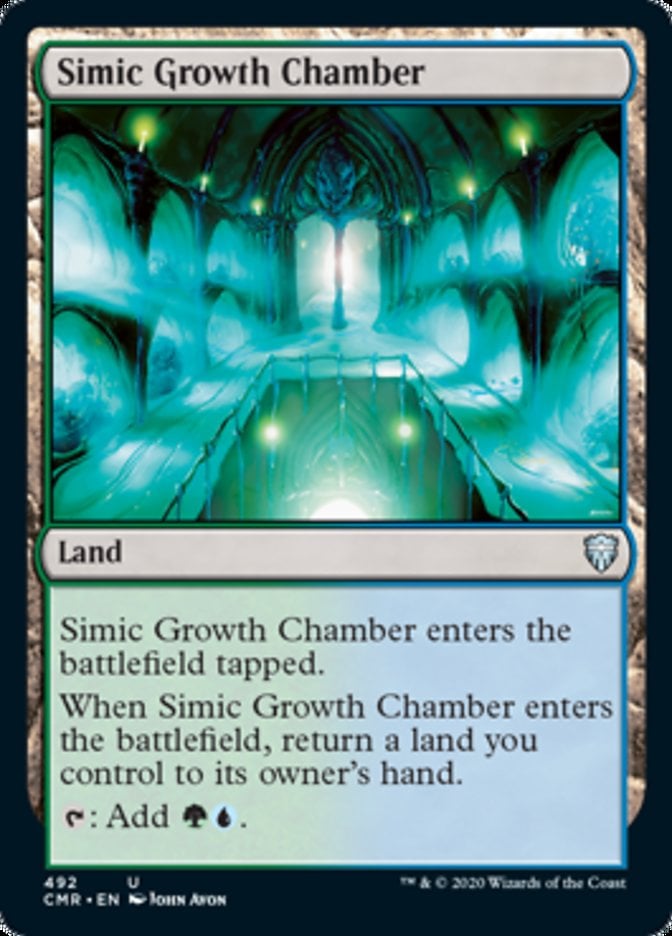
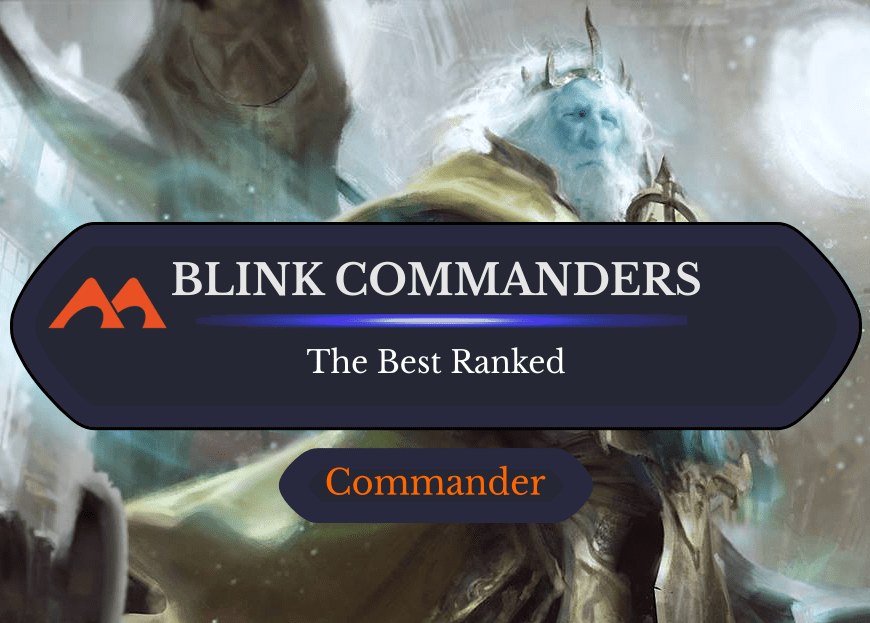
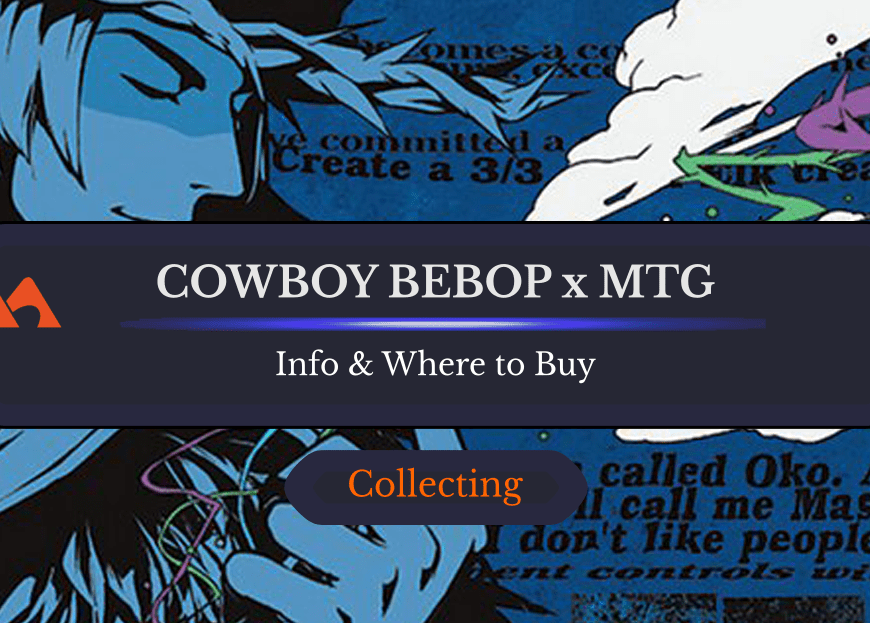
Add Comment